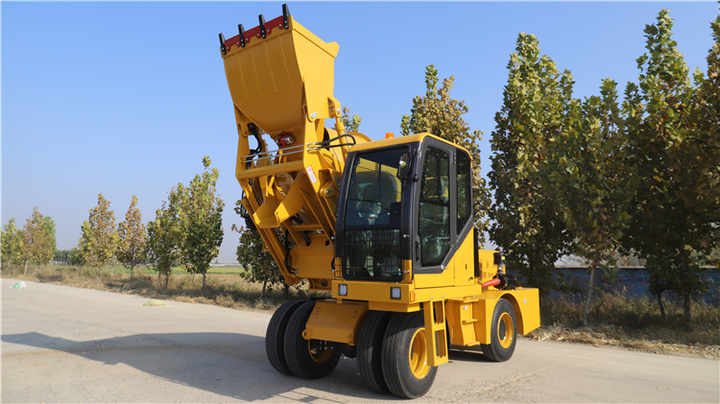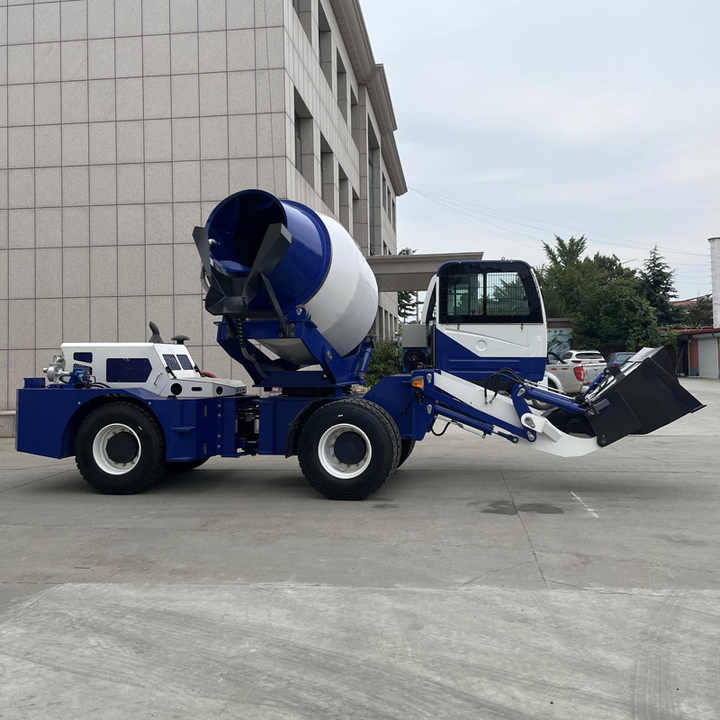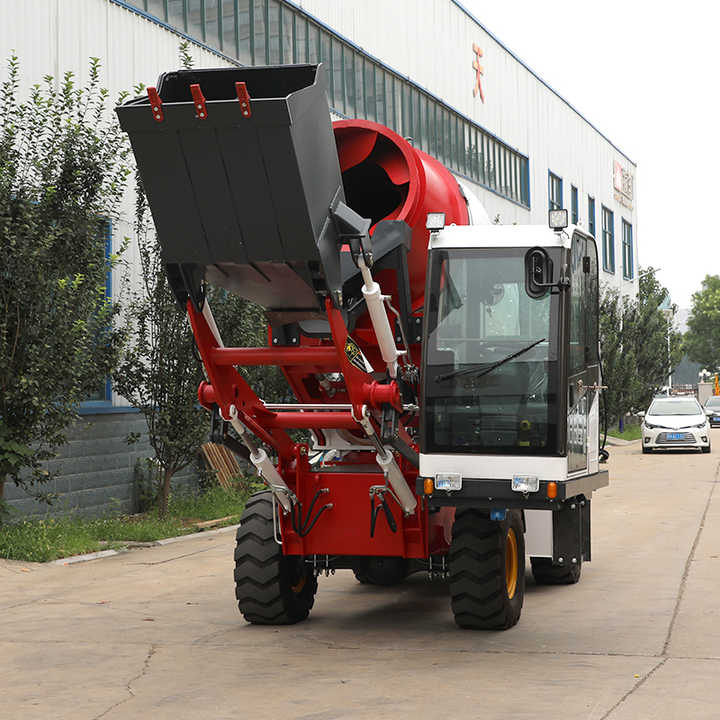Global Concrete Machinery Market Trends and Forecast (2025-2030)
-
Thesis: The global concrete machinery market is poised for significant transformation driven by technology, sustainability, and regional growth, offering both challenges and opportunities.
-
Outline:
-
Current Market Landscape (2025): Size (USD Billion), key segments (batching plants, mixers, pumps, finishing equipment), major players (Zoomlion, Sany, Liebherr, Schwing Stetter, Putzmeister, Atlas Copco, Terex, etc.), regional leaders (Asia-Pacific dominance, especially China).
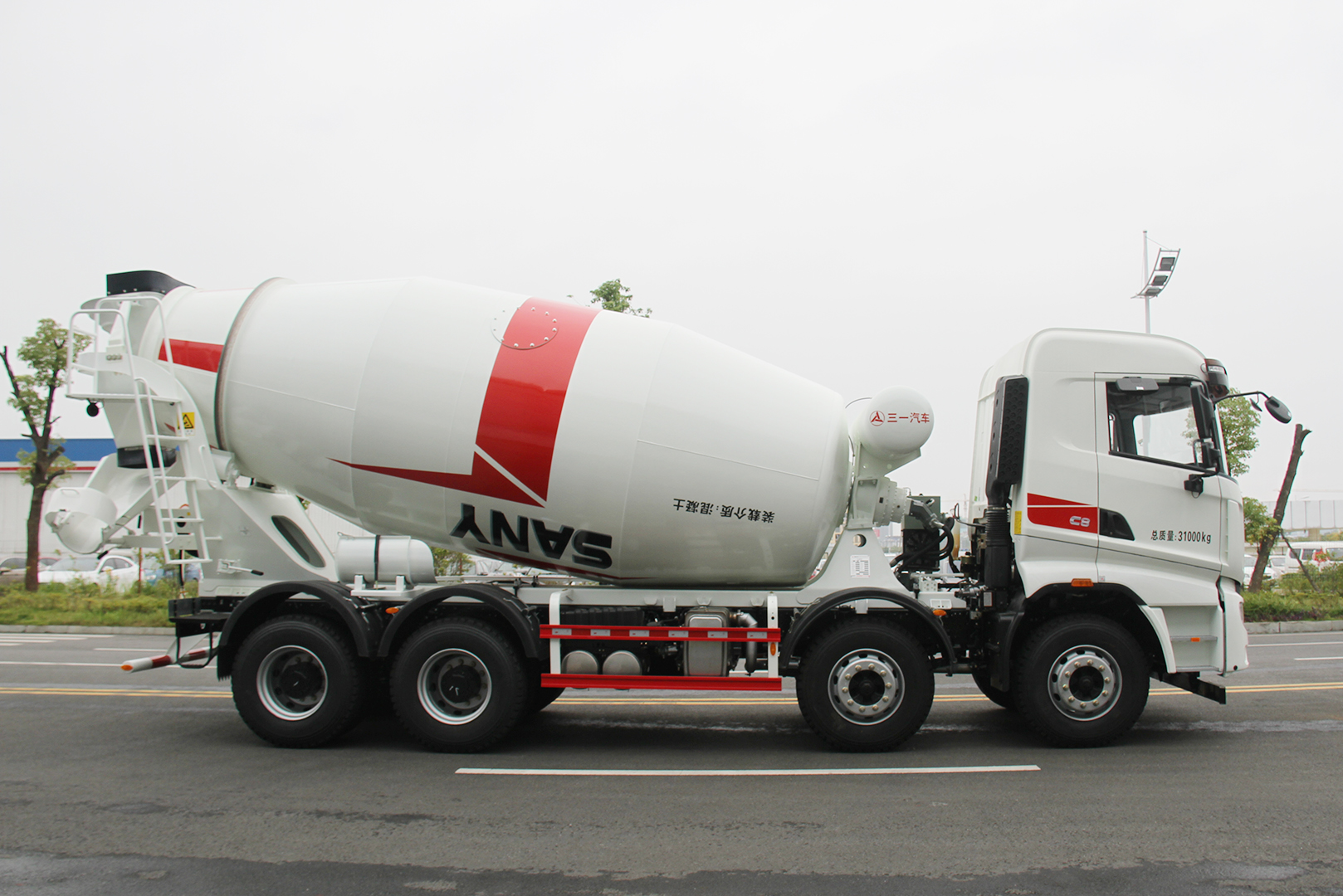
-
Key Growth Drivers:
-
Global Infrastructure Investment: Mega-projects (transportation, energy, urbanization) in Asia, Middle East, Africa, and planned renewals in North America/Europe.
-
Urbanization: Continued rapid growth in developing nations requiring housing and commercial space.
-
Technological Adoption: Demand for efficiency, productivity, and labor savings driving uptake of automation, AI, telematics, and advanced equipment.
-
Sustainability Regulations & Demand: Stricter emissions standards (Tier 5?), carbon taxes, green building codes pushing electrification, hybridization, and energy efficiency.
-
Labor Shortages: Accelerating automation and autonomous solutions.
-
-
Major Trends Shaping 2025-2030:
-
Electrification Acceleration: Rapid expansion of electric and hybrid model offerings across all machinery types, driven by regulations, TCO benefits, and corporate ESG goals. Charging infrastructure development becomes critical.
-
Autonomy & Automation Maturation: Shift from pilots to wider commercial adoption, particularly in finishing, transport, and batching. Focus on hybrid human-machine workflows.
-
AI Integration Deepening: AI moving from predictive maintenance into core operational optimization (batching, pumping, logistics), design, and safety.
-
Rise of the Rental Market: Increased preference for renting specialized or technologically advanced equipment to manage costs and avoid obsolescence. Growth of large, sophisticated rental fleets.
-
Circular Economy Focus: Increased demand for concrete recycling machinery and features promoting waste reduction/reuse within primary machinery (e.g., advanced reclaimers).
-
Connectivity & Data as Standard: Telematics and IoT sensors become ubiquitous, enabling fleet optimization, remote diagnostics, and data-driven business models.
-
Modularity & Flexibility: Demand for easily configurable and adaptable machinery to handle diverse project needs.
-
-
Regional Analysis & Forecast:
-
Asia-Pacific: Remains the largest and fastest-growing market, driven by China, India, SE Asia. High demand for mid-to-high-tech equipment.
-
North America: Steady growth, driven by infrastructure renewal and technology adoption. Strong rental market. Electrification pace influenced by regulations/incentives.
-
Europe: Mature market with focus on sustainability, stringent regulations driving electric/hybrid adoption. Steady demand for replacement and tech upgrades.
-
Middle East & Africa: Significant growth potential from infrastructure projects. Demand for robust equipment suited to harsh conditions. Rental market growing.
-
Latin America: Moderate growth, influenced by economic stability. Demand for cost-effective solutions, growing interest in technology.
-
-
Challenges:
-
Supply Chain Disruptions: Potential lingering effects or new disruptions impacting manufacturing and component availability.

-
Economic Volatility: Interest rates, inflation impacting investment decisions.
-
Skilled Labor Shortage: For both operating advanced machinery and servicing it.
-
Upfront Costs: High cost of advanced/electric machinery potentially slowing adoption, despite TCO benefits.
-
Standardization & Interoperability: Lack of standards for data, charging, autonomy protocols.
-
-
Forecast Summary (2025-2030): Market expected to grow at a CAGR of X% (cite reputable source projection). Key growth segments: Electric/Hybrid machinery, autonomous solutions, recycling equipment. Asia-Pacific leads volume, Europe/North America lead in high-tech/sustainable adoption.
-
Conclusion: The market is evolving towards smarter, cleaner, more connected, and efficient machinery, driven by powerful global forces. Adaptability and embracing technology will be key for manufacturers and contractors alike.
-
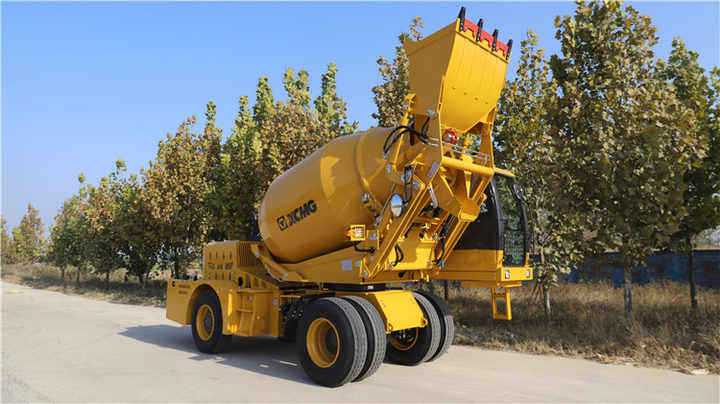 Specifications & Guideline
Specifications & Guideline

